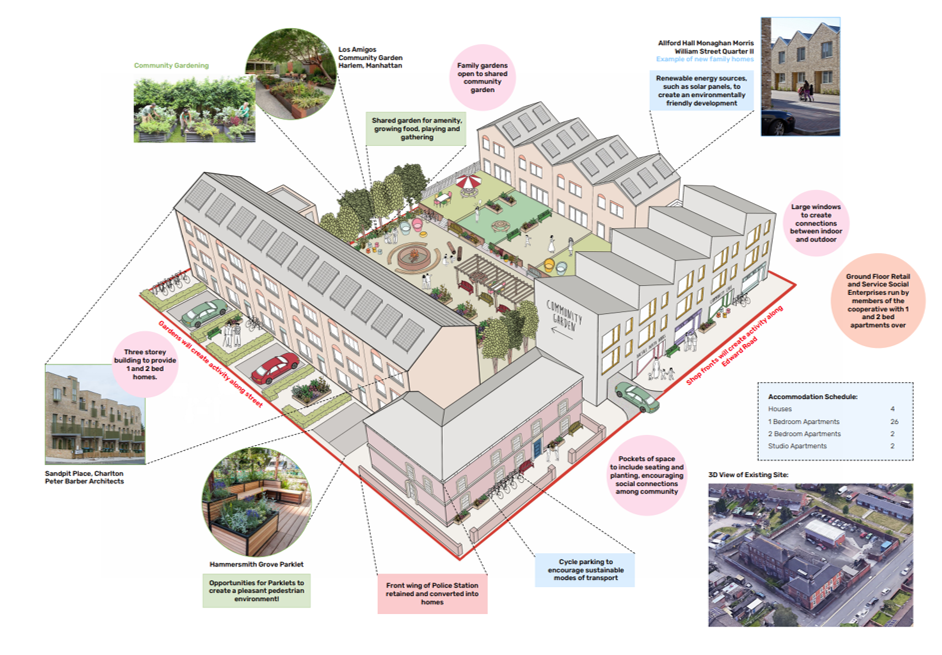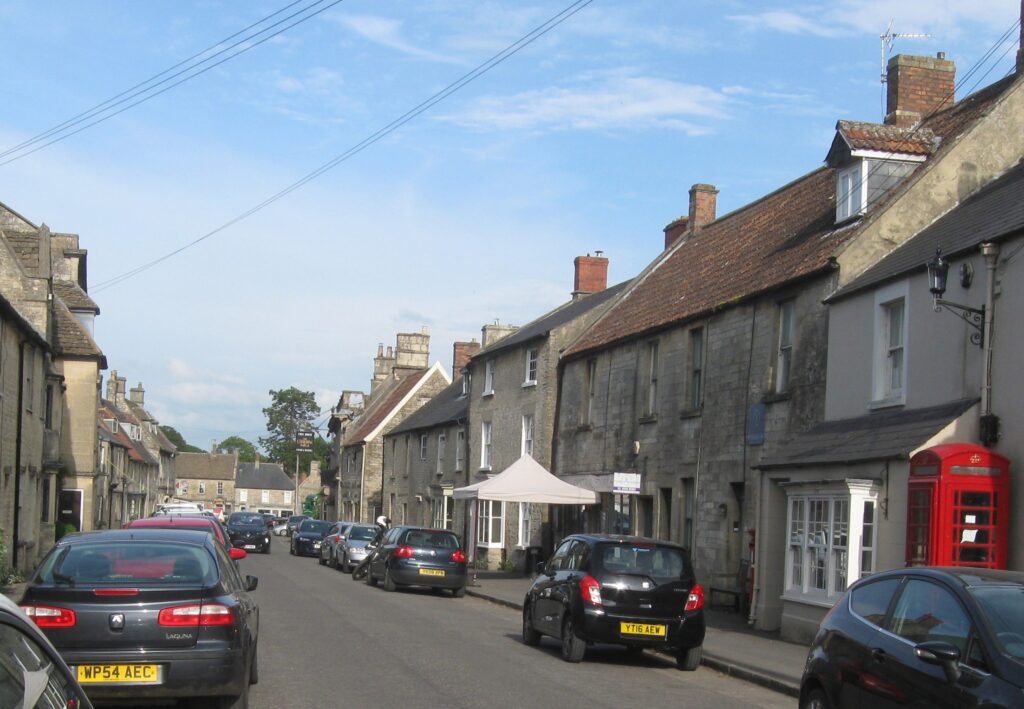The future of the Community Housing Fund is being decided. The last round of funding came to an end in April and has not been renewed. On 13 June, the former Minister for Housing said in Parliament that the government are “considering a range of options” for future support of the community-led housing sector.
While the government makes a decision, some interim funding is needed. Right now, there are developments that communities have put years of work into, which could provide decent, affordable homes for people in need – and for them, the clock is ticking.
The community-led housing sector is promising. It has grown sixfold in the past two years and the Affordable Housing Commission forecasts that it will grow even further. Research by the consultancy Capital Economics found that community-led housing represents high value for money in public investment, generating £2.70 of public benefit for every £1 of public money spent.
Previous versions of the Community Housing Fund have been a huge success for the government, increasing the potential pipeline of community-led homes to over 23,000. Of these, 12,000 are in deliverable projects. The fund grew a network of 25 enabler hubs covering most of England, with over 120 advisors completing a training and accreditation scheme. Over half of the local authorities in England now have policies and/or officers to support community-led housing.
The real star of the show has been the Community Housing Fund’s revenue funding, which has provided much-needed support for groups looking to start and develop projects, including activities like securing a site or building, securing planning permission and becoming a registered provider of social housing.
Housing of this type provides genuinely affordable homes that local people want and need, often built in small, high-quality developments and in places that might not attract a commercial developer. A renewed Community Housing Fund is needed to keep up the momentum and deliver on community-led housing projects making a big difference to their communities.

Balsall Heath Police Station
Balsall Heath Community-Led Housing, in Birmingham, is one example. This is an area where affordable housing is needed and there is lots of derelict land, but developers aren’t building there because houses don’t sell for enough money. Two community organisations – Jericho and the St Paul’s Community Development Trust (CDT) – have begun work to create a community land trust and plan to build on the site of the former Balsall Heath Police Station, which had been identified for closure.
Jericho runs a social enterprise professional construction company. It gives employment opportunities to people who need them, including young people, ex-offenders and survivors of modern slavery. St Paul’s CDT arose out of local people’s desire to create a better future for their children, so the idea for a partnership to take on this important community asset was immediately clear.
This development would create 34 homes – 30 for affordable rent – alongside offices, commercial space, communal gardens and areas for children to play in. It would turn an unused site into housing which the local community needs. However, its future is reliant on available revenue funding from the government. The trust’s next step is to see if the owners of the site will give it first refusal, then its plan was to apply to the Community Housing Fund to get the scheme as far as planning. But that funding may not be available at the crucial point.

Marshfield Community Land Trust
Marshfield CLT, in South Gloucestershire, illustrates how the Community Housing Fund has made homes for local people possible. In an area where other affordable housing projects had failed due to local opposition, people spent two years looking for a site to build genuinely affordable housing in the face of above-average house prices in their area. They formed a community land trust, found a rural exception site, carried out a feasibility study and entered a partnership with Brighter Places Housing Association.
A crucial £77,000 from the Community Housing Fund allowed them to carry out feasibility activities, contract with experts and apply for planning. Planning permission has since been granted for 18 new homes. Ten of these are for social rent and two are for shared ownership to local people in housing need. Fifteen of the homes will be built to ‘Passivhaus’ standard, providing ultra-low-energy homes to those who can least afford soaring energy bills.
Without Community Housing Fund revenue funding, it is unlikely that this scheme would have got so far.
What the government can do now to support community-led housing
These are just two examples of how Community Housing Fund revenue funding is supporting important community-led projects and growing the pipeline. But more than just revenue funding is needed to support this sector to reach its fullest potential.
Specialist advice is difficult to access for community-led groups, which may have little prior experience of housing development. That’s why a renewed Community Housing Fund should also include some provision for expert support to help deliver homes.
Another difficulty, particularly in the absence of the Community Housing Fund, is access to finance. Community-led groups are often limited to a very small pool of specialist lenders and frequently struggle to raise initial funds for the costs of planning a development, let alone construction. The Fund alleviated this considerably, raising the number of potential new homes to 23,000 in 2020, thanks to several measures including revenue and capital funding.
One option for the government is to devolve some funding to the 26 regional enabler hubs to distribute. This would allow communities to make one, centralised bid to their hub for whatever funding is available, rather than being expected to know about and apply to different avenues. It would also allow the hubs to use their local knowledge in allocating grants where they will do the most good.
In the meantime, providing necessary funding to hubs and national bodies now would enable groups to make progress on their housing schemes. The government has encouraged community-led housing through the Community Housing Fund for years, with the sector growing in confidence and size as a result. It has got local people this far – it cannot let them down now, when the homes they want to build are so close to reality.
For the new housing minister no doubt arriving to an overflowing in-tray, this is a quick and easy way to make a difference immediately. While the future form of the Community Housing Fund is being decided, it is vital that the government provides interim funding as soon as possible for innovative projects led by communities building the housing they want and need.
